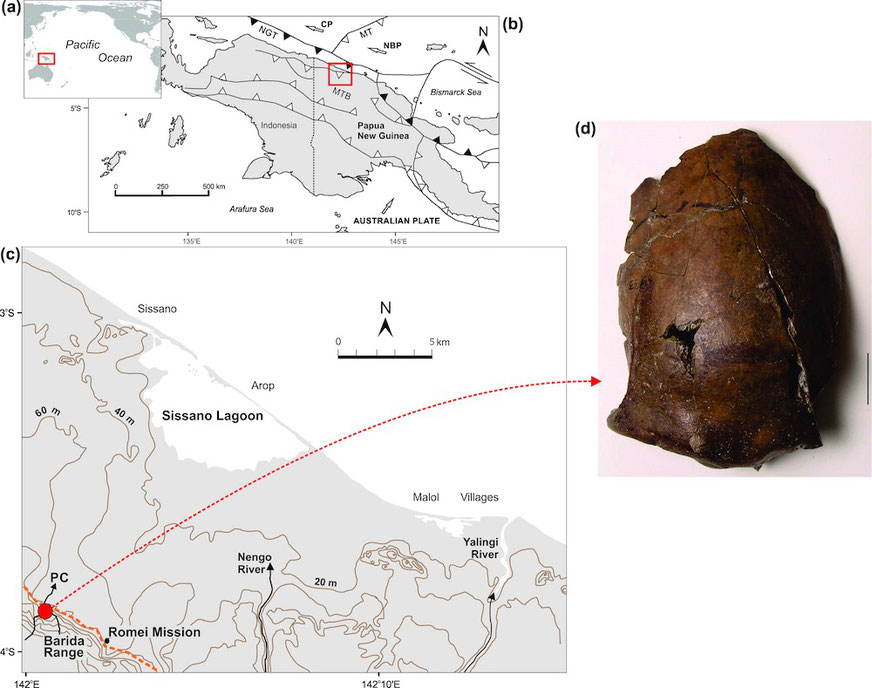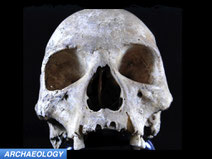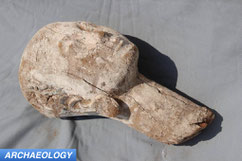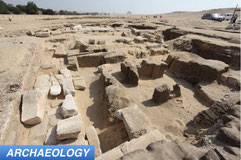
Scientists believe they have evidence of a person falling victim to a tsunami thousands of years ago, making him or her the first tsunami casualty on record.
The scientists, from universities in Australia and the United States, began their work by reexamining a skull recovered from excavations in Papua New Guinea in 1929. As team member Mark Golitko of the University of Notre Dame and The Field Museum said,
"It was originally thought that the skull belonged to Homo erectus until the deposits were more reliably radiocarbon dated to about 5,000 to 6,000 years. Back then, sea levels were higher and the area would have been just behind the shoreline.”
Nonetheless Golitko says, "The skull has always been of great archaeological interest because it is one of the few early skeletal remains from the area.”
But how did the individual die and where was the rest of his or her body? To find out, the team returned to where the skull was found and began examining the sediments, or depositional context, in which the skull was buried.
What they found was striking. Based on geological characteristics from known tsunami events, the team was able to conclude the skull was originally buried in deposits created by a tsunami.
Team member James Goff of the University of New South Wales in Australia said of the findings,
"Given the evidence we have in hand, we are more convinced than before that this person was either violently killed by a tsunami, or had their grave ripped open by one--leading to their head but not the rest of their body being naturally reburied where it then remained undiscovered in the ground for some 6,000 or so years,"
The researchers think that as people began moving into coastal areas like the one in Papua New Guinea, they would have become increasingly exposed to natural disasters like tsunamis. The group says facing these new threats likely would have changed how humans interacted with each other, creating new and more distant social ties, and changing how much people moved throughout the landscape as they devised ways of dealing with catastrophic events.
The scientists also say the spread of technology and culture throughout the southwest Pacific region, as seen in the archaeological record, may be a result of human interactions driven by tsunami threats. The research group says more work needs to be done to assess the extent of catastrophic events in the region and the concurrent human responses to them.
Their work was published in PLOS ONE.



